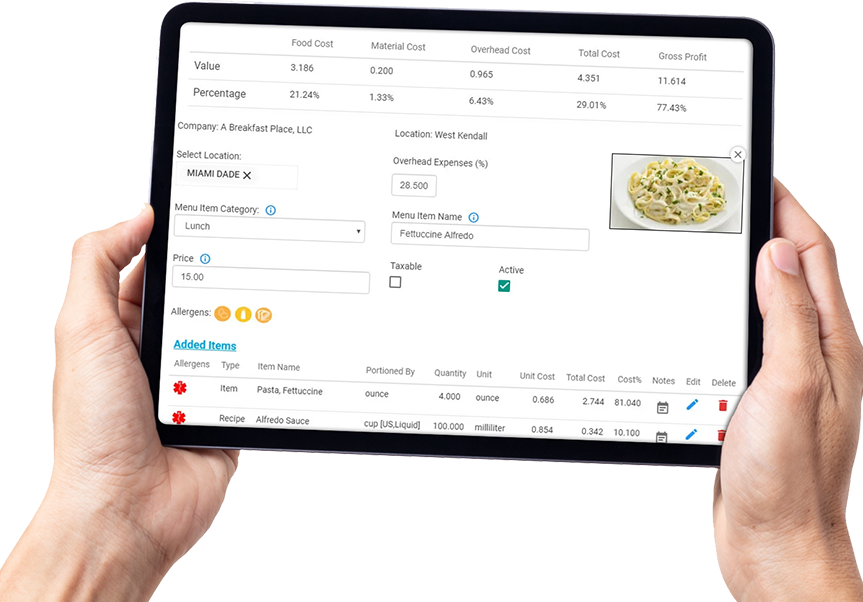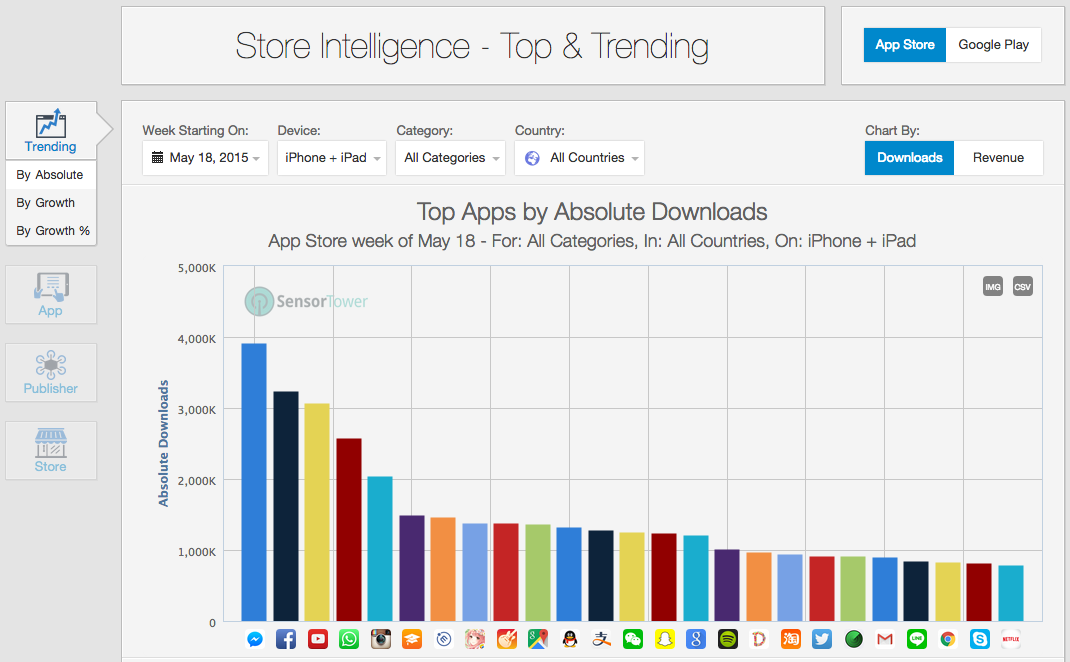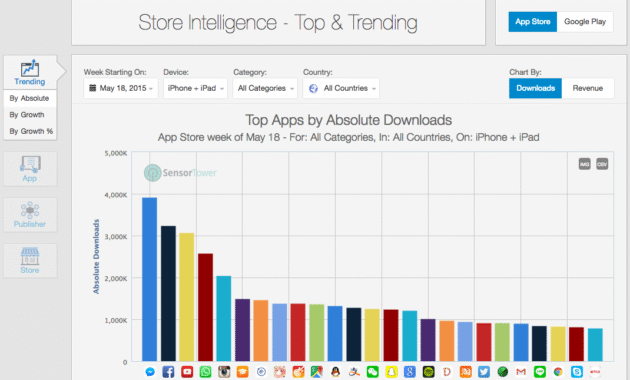How to Use Delivery Apps for Meal Prepping sets the stage for a modern approach to managing your meals in a busy world. With the rise of delivery apps, individuals can now streamline their meal prep process, making it easier to maintain a healthy diet without sacrificing time. These apps not only provide convenience but also offer a wide variety of ingredients and recipes that cater to diverse dietary needs.
By leveraging delivery services, meal prepping becomes less daunting and more accessible. Users can select fresh ingredients, explore new culinary options, and have everything delivered right to their doorstep, allowing for a more efficient and enjoyable cooking experience.
In recent years, the landscape of artificial intelligence (AI) has evolved significantly, impacting various sectors including healthcare, finance, education, and transportation. This article delves into the intricacies of AI, its applications, challenges, and future directions, providing a comprehensive overview of its role in contemporary society.Artificial Intelligence refers to the simulation of human intelligence processes by machines, particularly computer systems. These processes include learning, reasoning, problem-solving, perception, and language understanding.
AI can be classified into two main categories: narrow AI and general AI. Narrow AI is designed to perform specific tasks such as facial recognition or internet searches, while general AI aims to understand and reason about the world in a way that is indistinguishable from a human being.One of the most significant applications of AI is in the field of healthcare.
The integration of AI technologies has enhanced diagnostic accuracy, personalized treatment plans, and streamlined administrative processes. For instance, AI algorithms can analyze medical images to detect anomalies that may be indicative of diseases such as cancer. A study by Esteva et al. (2017) demonstrated that a deep learning system could classify skin cancer with an accuracy comparable to that of dermatologists.
Additionally, AI-driven predictive analytics can assist healthcare providers in identifying at-risk patients, allowing for early intervention and better management of chronic conditions.In finance, AI is revolutionizing how transactions are conducted, risk is assessed, and customer services are provided. Financial institutions utilize AI algorithms to detect fraudulent activities, manage investment portfolios, and provide personalized banking experiences. Machine learning models can analyze vast amounts of data to identify patterns and trends, enabling better decision-making.
For example, JPMorgan Chase developed a program called COiN, which analyzes legal documents and extracts important data points, significantly reducing the time needed for contract review.Education is another sector greatly influenced by AI advancements. Educational institutions are increasingly adopting AI-based tools to enhance learning experiences. Personalized learning platforms use AI to adapt to individual student needs, providing customized resources and assessments.
AI chatbots serve as virtual tutors, assisting students with queries outside regular classroom hours. Moreover, AI analytics can help educators identify students who may require additional support, fostering a more inclusive learning environment.Transportation is undergoing a transformation due to AI technologies as well. The development of autonomous vehicles represents a significant leap forward in this sector. Companies like Tesla and Waymo are at the forefront, utilizing AI to create self-driving cars that can navigate complex environments safely.
These vehicles rely on a combination of sensors, cameras, and sophisticated algorithms to interpret data and make real-time decisions. While the promise of autonomous vehicles includes reduced traffic accidents and enhanced mobility for individuals unable to drive, there are still regulatory, ethical, and technological hurdles to overcome before they become mainstream.Despite the numerous benefits of AI, there are inherent challenges and concerns that must be addressed.
One of the primary issues is the potential for job displacement due to automation. As AI takes over repetitive and mundane tasks, there is a growing fear that many jobs may become obsolete, leading to significant economic implications. According to a report by McKinsey Global Institute (2017), up to 800 million global workers could be displaced by automation by 2030.
It is crucial for policymakers and organizations to implement strategies that support workforce retraining and upskilling to mitigate these impacts.Another concern surrounding AI is the ethical implications of its use. Issues such as bias in algorithmic decision-making, privacy violations, and the potential for misuse of AI technologies raise significant ethical questions. AI systems are only as unbiased as the data they are trained on; thus, if the training data contains biases, the AI will likely perpetuate these biases in its outputs.
For example, facial recognition technology has faced criticism for its accuracy disparities across different demographics, leading to wrongful identifications and civil liberties concerns. Ensuring transparency and accountability in AI systems is paramount to building public trust and fostering ethical AI development.Furthermore, the rapid advancement of AI technologies has outpaced the development of regulatory frameworks. Governments worldwide are grappling with how to create regulations that foster innovation while ensuring safety and ethical standards.
The European Union has proposed the Artificial Intelligence Act, aiming to create a legal framework for AI that addresses risks while promoting innovation. Such regulatory efforts are essential to strike a balance between harnessing AI’s potential and safeguarding public interests.Looking ahead, the future of AI holds immense promise and potential. Researchers continue to explore innovative applications and improvements in AI technologies.

Areas such as natural language processing (NLP) and generative adversarial networks (GANs) are at the forefront of AI research. NLP advancements are enabling machines to understand and generate human language more accurately, leading to enhanced communication between humans and machines. GANs, on the other hand, have opened new avenues in creative applications such as art and music generation, advertising, and even fashion design.Moreover, the intersection of AI with other emerging technologies such as blockchain, Internet of Things (IoT), and 5G networks is expected to create new paradigms of innovation.
For instance, the integration of AI and IoT can enhance smart city initiatives, improving resource management and urban planning. Similarly, blockchain technology can provide secure and transparent data sharing, further enhancing AI applications in sectors like finance and healthcare.In conclusion, artificial intelligence is reshaping the world in profound ways, offering unprecedented opportunities while also presenting significant challenges. As we move forward, it is crucial for stakeholders—policymakers, technologists, and society at large—to collaborate in addressing the ethical, regulatory, and social implications of AI.
Creating a future where AI works alongside humanity to enhance our capabilities will require a commitment to innovation, responsibility, and inclusivity. Only then can we fully harness the transformative power of artificial intelligence for the betterment of society.










